In the greenhouse
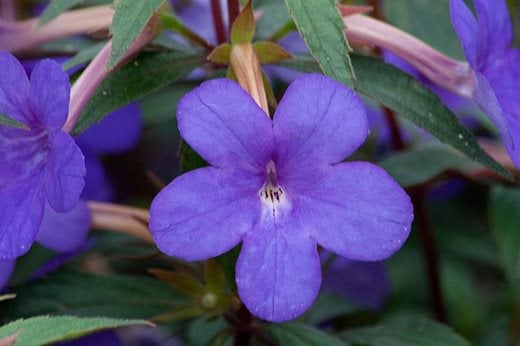
Pot up any Begonia, Gloxinia and Achimenes (see A. ‘Show Off’, pictured) that you started into growth earlier in the spring and are now large enough to pot on.
Don’t forget to prick out seedlings before they get too crowded, and then to pot them on as individual plants as soon as they are large enough.
Make sure you give greenhouse plants more space as they put on new growth. This will help to prevent disease and reduce pests.
Check if plants need watering at least every few days. Seedlings will need daily monitoring.
Temperature
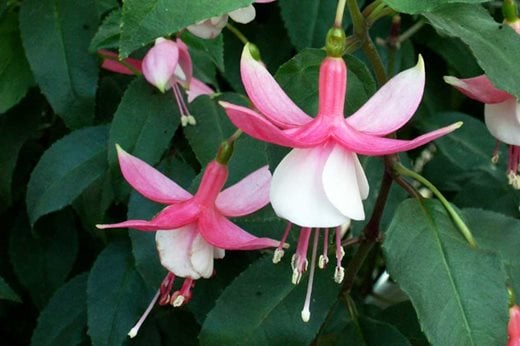 Maintain a minimum of 5°C (41°F) to prevent fuchsias, pelargoniums and other tender plants being killed by the cold. A higher temperature of at least 12°C (54°F) is needed for most tropical plants, which will require a greenhouse heater.
Maintain a minimum of 5°C (41°F) to prevent fuchsias, pelargoniums and other tender plants being killed by the cold. A higher temperature of at least 12°C (54°F) is needed for most tropical plants, which will require a greenhouse heater.
Apply a thin covering of shade paint on greenhouse panes if weather turns warm, to prevent plants becoming scorched by bright sunshine. Alternatively, a single sheet of newspaper held on canes above the seedlings works fine as temporary shading for seedlings and young plants.
Remember that temperatures can still drop at night. Seedlings in particular suffer from wide temperature fluctuations, and a heated propagator or heat mat, or covering with re-used or biodegradable fleece, could be a cost-effective answer if your greenhouse is mostly full of hardy mature plants.
Humidity
If the weather is warm and sunny, you may need to start damping down the floor of the greenhouse in the morning – splashing water over it will increase humidity levels in the whole glasshouse. This will help reduce problems with red spider mite, which likes a dry environment.
Ventilation
A very high humidity can encourage diseases such as grey mould, so open vents and doors of greenhouses during warmer days. Keep alpine houses well ventilated too.
Preparation for planting
 Try growing on plug plants in your greenhouse. They are a relatively cheap source of large numbers of plants, which avoid the need for propagation facilities and time-consuming pricking out.
Try growing on plug plants in your greenhouse. They are a relatively cheap source of large numbers of plants, which avoid the need for propagation facilities and time-consuming pricking out.
You could use spare space in the greenhouse to warm up growbags before planting.
Houseplants
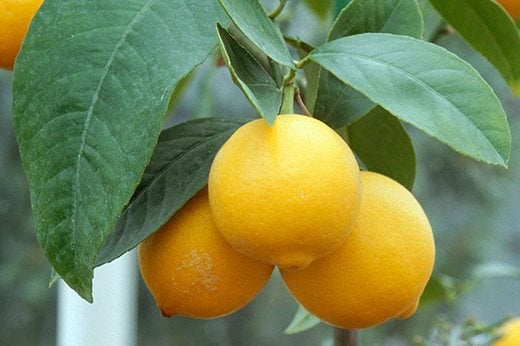 Begin feeding citrus plants with a citrus feed, or use a high-nitrogen feed with added trace elements.
Begin feeding citrus plants with a citrus feed, or use a high-nitrogen feed with added trace elements.
Increase the watering of indoor and conservatory plants as days lengthen. Check if plants need watering at least every few days.
Start using seaweed or organic liquid feeds once plants show signs of growth.
Pot up houseplants showing signs of being root-bound or top-dress large containers with fresh peat-free compost.
Clean shiny-leaved plants with a damp cloth and spiky plants with a soft brush.
Cool conditions and regular watering will help keep potted indoor azaleas looking good for longer. Remember to water azaleas with rainwater rather than tap water if you live in a hard water area.
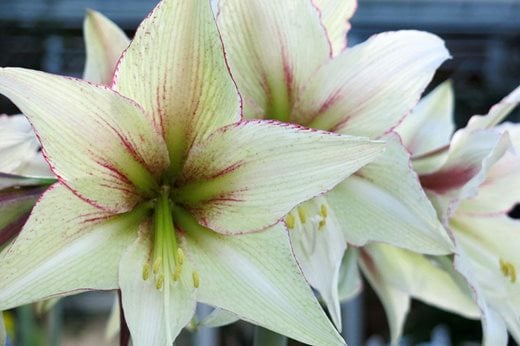 Deadhead Hippeastrum (amaryllis), leaving the flower stalks to die down naturally. Keep feeding and watering, and you may be treated to further flowers in August, as well as the normal blooms next winter. Alternatively, feed for a few weeks (to build up the bulb) and then reduce the watering, let the leaves die back, and allow the plants to dry out completely. The bulbs can be ‘rested’ like this under the greenhouse bench or in a cupboard if they are houseplants, to be brought out in late summer or autumn, for flowering the following winter.
Deadhead Hippeastrum (amaryllis), leaving the flower stalks to die down naturally. Keep feeding and watering, and you may be treated to further flowers in August, as well as the normal blooms next winter. Alternatively, feed for a few weeks (to build up the bulb) and then reduce the watering, let the leaves die back, and allow the plants to dry out completely. The bulbs can be ‘rested’ like this under the greenhouse bench or in a cupboard if they are houseplants, to be brought out in late summer or autumn, for flowering the following winter.
Rest potted cyclamen that flowered over the winter, reducing watering until the foliage starts to die down. The pots can be placed under the greenhouse bench, or in a cupboard if they are houseplants, to be started back into growth in late summer.
Problems
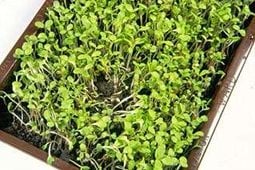 Brush up fallen compost and debris, and pick off dead leaves from plants. This will help prevent pests and diseases from spreading.
Brush up fallen compost and debris, and pick off dead leaves from plants. This will help prevent pests and diseases from spreading.
Damping off of seedlings can be a problem with sowings under glass. Keeping all your equipment clean and always using fresh peat-free seed compost, and tap water for watering, will help to prevent this.

